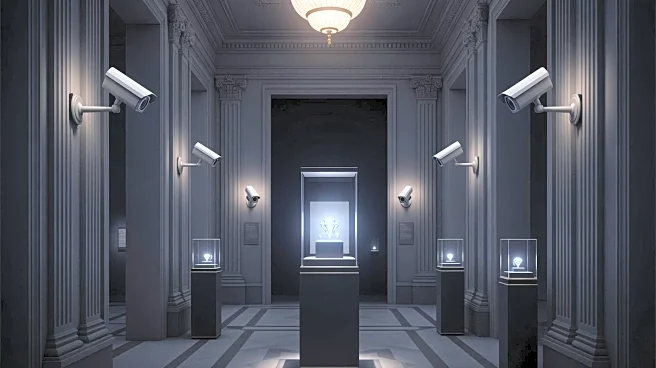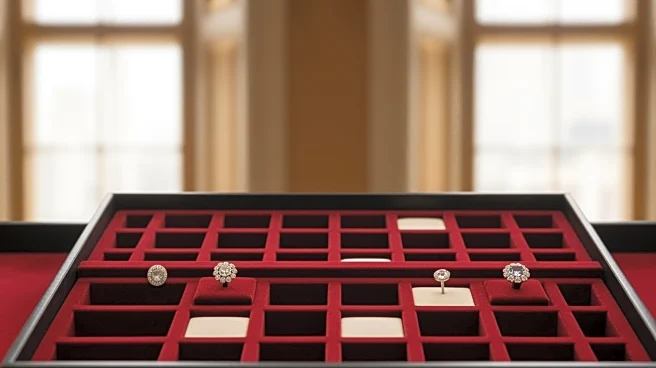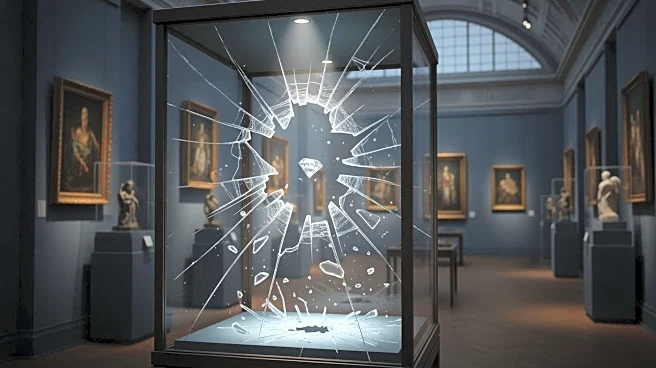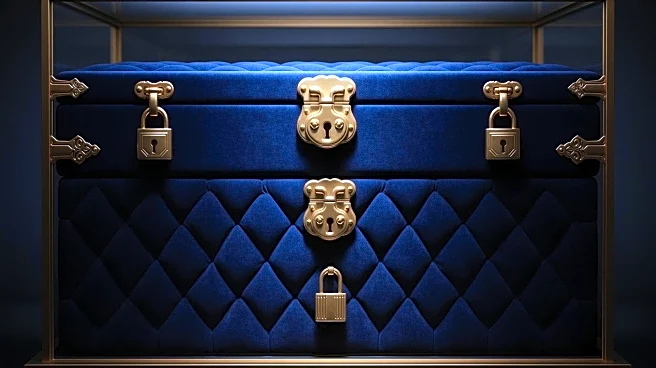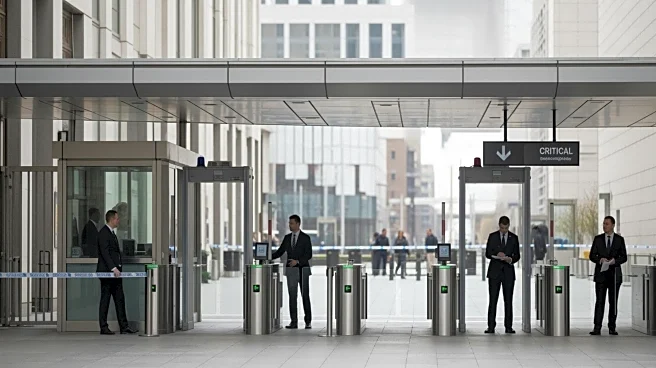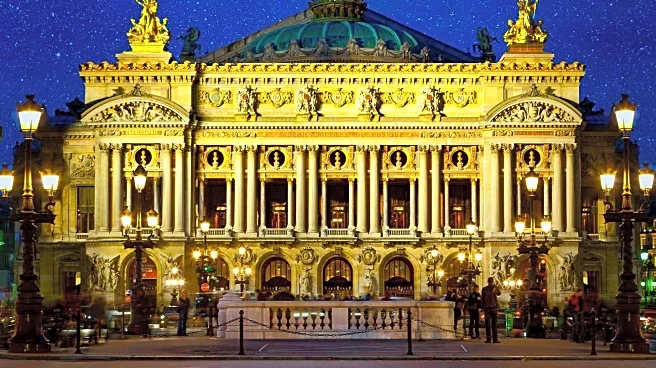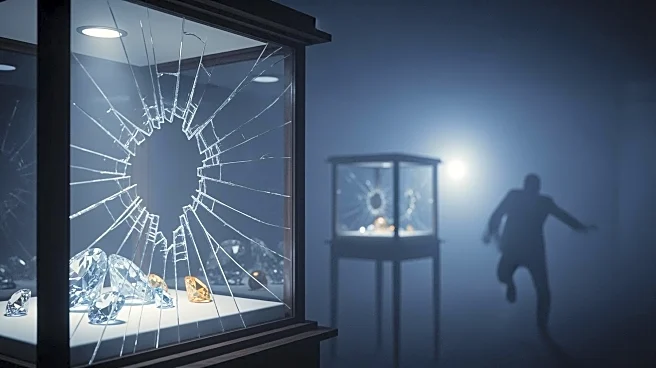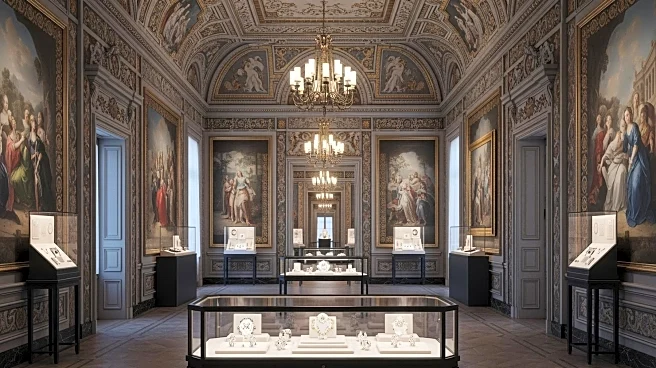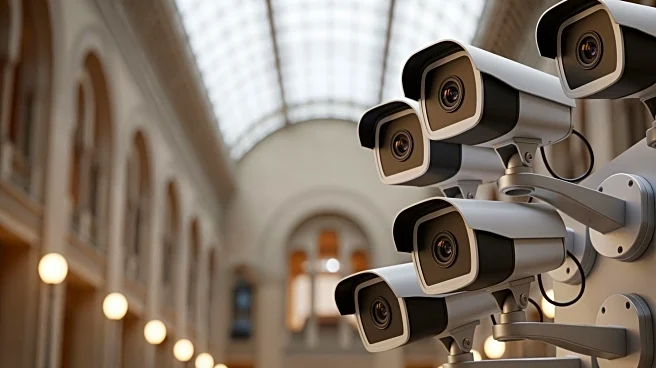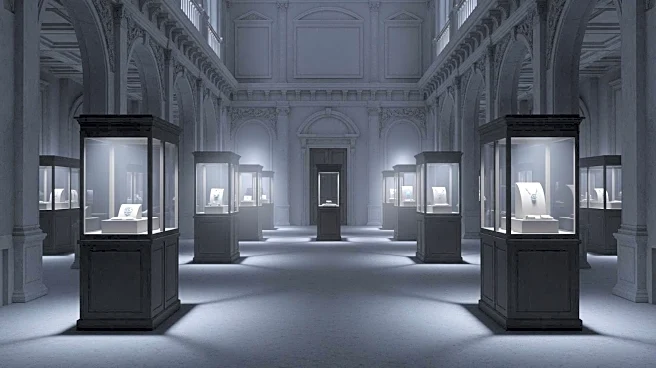What's Happening?
A group of thieves executed a daring heist at the Louvre Museum in Paris, stealing priceless jewels in broad daylight. The robbery occurred on a quiet Sunday morning, with the thieves using a truck-mounted
ladder to access a second-floor window. Once inside, they targeted specific cases containing the royal jewels of France, using power saws to break them open. Despite the presence of security guards, the thieves managed to escape with eight items, leaving behind one crown. The stolen jewels are estimated to be worth 88 million euros, and the incident has sparked shock and disbelief across France.
Why It's Important?
The theft of culturally significant jewels from the Louvre Museum has raised serious concerns about security measures at one of the world's most visited museums. The incident highlights vulnerabilities in protecting national treasures, prompting discussions about the adequacy of current security protocols. The loss of these jewels is not only a financial blow but also a cultural and historical one, as they represent a significant part of France's heritage. The heist has also sparked political debate, with criticism directed at the government for potentially insufficient funding for museum security.
What's Next?
French authorities have intensified their investigation, increasing the number of police investigators from 60 to 100. They are employing various methods, including DNA analysis, fingerprinting, and surveillance footage, to track down the thieves. The urgency of the investigation is heightened by the fear that the stolen jewels may be disassembled and sold, making recovery difficult. The incident has also led to calls for a review of security measures at museums across France to prevent similar occurrences in the future.
Beyond the Headlines
The heist has broader implications for the cultural sector, highlighting the need for enhanced security in museums globally. It also raises ethical questions about the preservation of cultural heritage and the responsibilities of institutions in safeguarding historical artifacts. The incident may lead to increased collaboration between international law enforcement agencies to combat art theft and protect cultural heritage.
